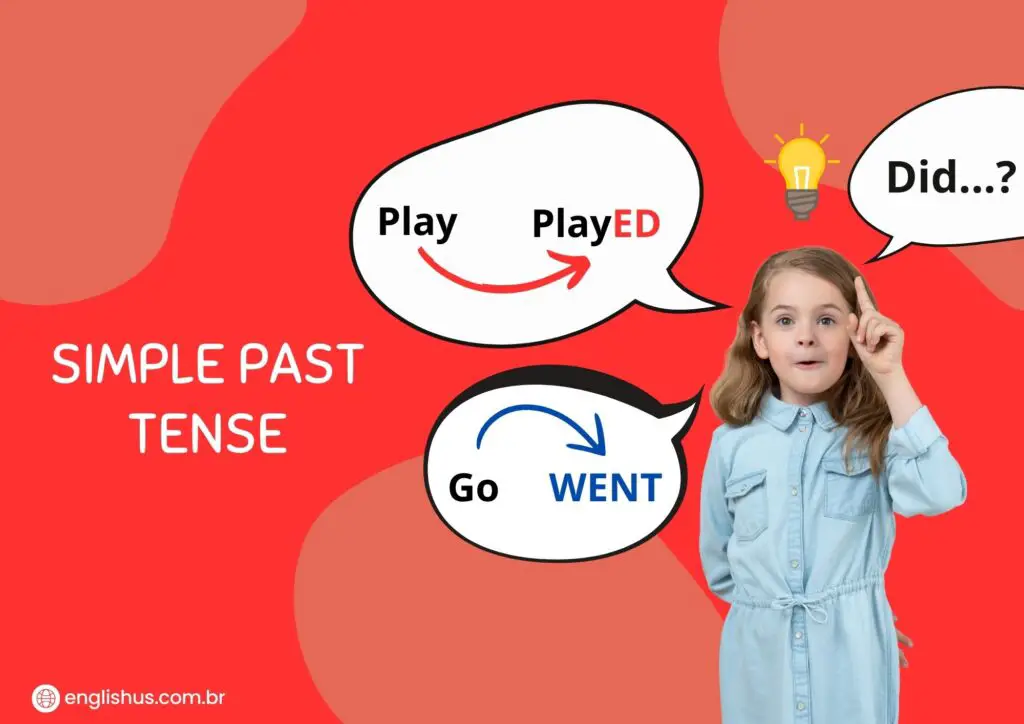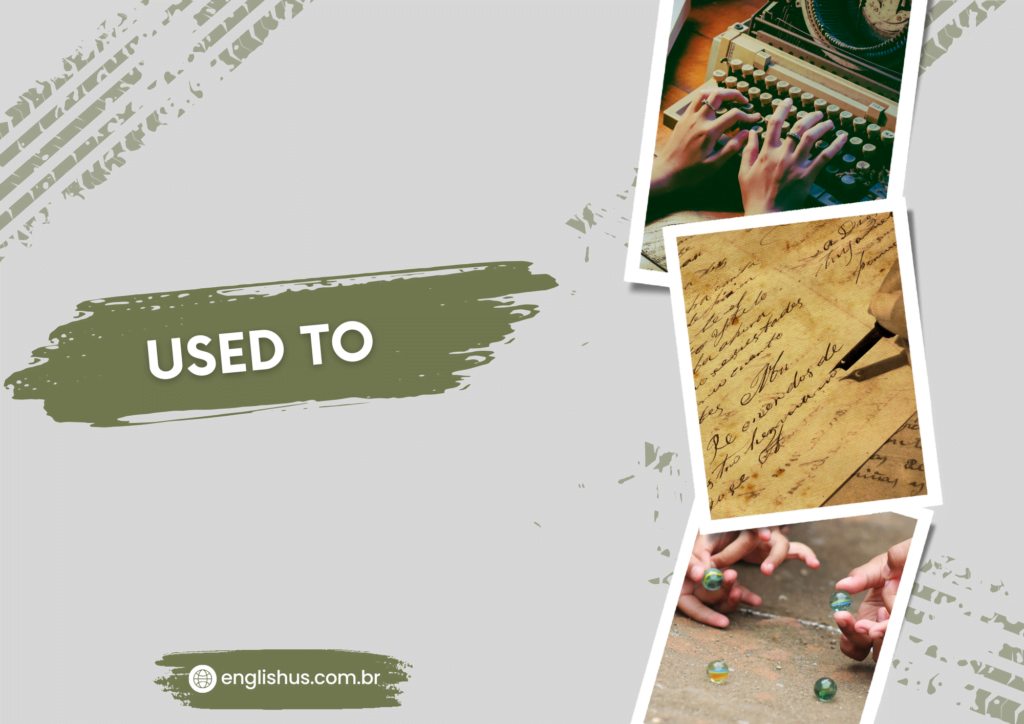Hey there, English learners! Today, we’re embarking on a linguistic adventure, riding the waves of time, as we dive into the depths of the past with the Past Continuous Tense. Buckle up and get ready to explore how this dynamic tense adds color and detail to your storytelling. By the end of this journey, you’ll be riding the waves of time like a pro!
Understanding the Past Continuous Tense
The Past Continuous Tense, also known as the Past Progressive Tense, is used to describe actions or events that were ongoing or in progress at a specific point in the past. It’s formed using the past tense of the verb “to be” (was/were) and the present participle (base form + “-ing”) of the main verb. Let’s dive into some examples to illustrate:
- I was studying when you called me. (The action of studying was in progress at the time of the call.)
- She was cooking dinner while he was watching TV. (Both actions were happening simultaneously in the past.)
- They were playing soccer when it started raining. (The action of playing soccer was interrupted by the rain.)
The Structure of the Past Continuous Tense
The structure of the Past Continuous Tense is quite straightforward:
- Subject + was/were + verb-ing
Examples:
- I was studying.
- She was cooking.
- They were playing.
How to Use the Past Continuous Tense
The Past Continuous Tense is used to describe actions or events that were happening at a specific point in the past. Here are some key points to remember when using this tense:
- Ongoing Actions: Use the Past Continuous to describe actions that were in progress at a certain time in the past.
- I was watching TV at 8 p.m. last night.
- She was studying when her friends called her.
- Simultaneous Actions: Use the Past Continuous to describe two or more actions that were happening at the same time in the past.
- He was reading while she was cooking dinner.
- They were playing games and laughing.
- Interrupted Actions: Use the Past Continuous to describe an action that was interrupted by another action in the past.
- I was sleeping when the phone rang.
- She was working on her project when the power went out.
Tips for Mastering the Past Continuous Tense
- Understand Context: Consider the context of the situation to determine when to use the Past Continuous Tense.
- Practice Regularly: Use the Past Continuous Tense in your speaking and writing to become more comfortable with its usage.
- Pay Attention to Time Markers: Look for time markers such as “while,” “when,” and “as” to identify when to use it.
The Past Continuous Tense is a valuable tool for describing ongoing actions, simultaneous events, and interrupted activities in the past. By mastering its usage, riding the waves of time with the past continuous tense, you’ll be able to paint vivid pictures of the past and tell engaging stories with ease. So, keep practicing, stay curious, and remember that every journey through time with the Past Continuous Tense is an opportunity for linguistic growth and storytelling mastery.
For those eager to enhance their English skills and embark on a journey of personal development, I recommend the ebook “Personal Development Through English Language.” This insightful resource combines language learning with valuable personal growth tips, offering a unique opportunity to expand your vocabulary while nurturing your mind and spirit. For more informations, click HERE.
Happy learning, and may your English adventures be filled with vibrant narratives and memorable experiences!

